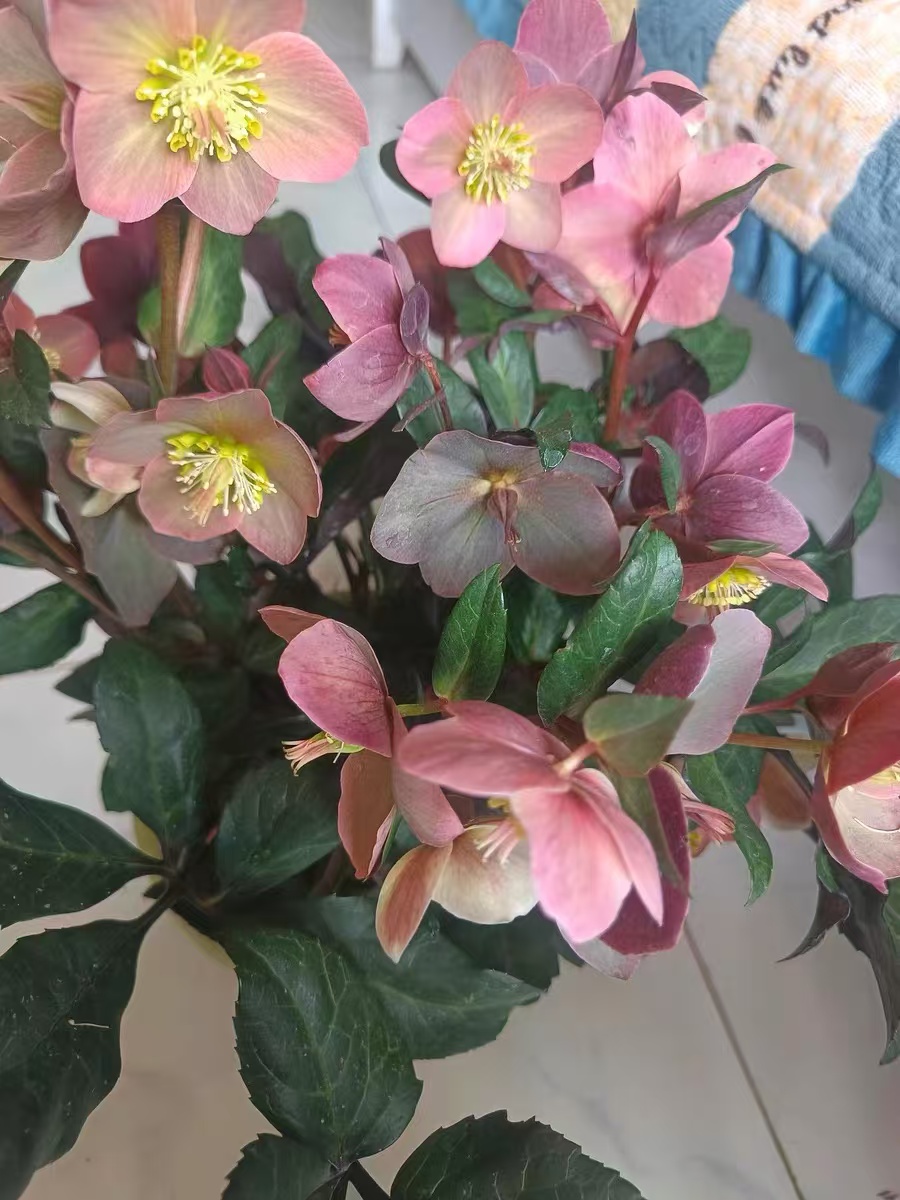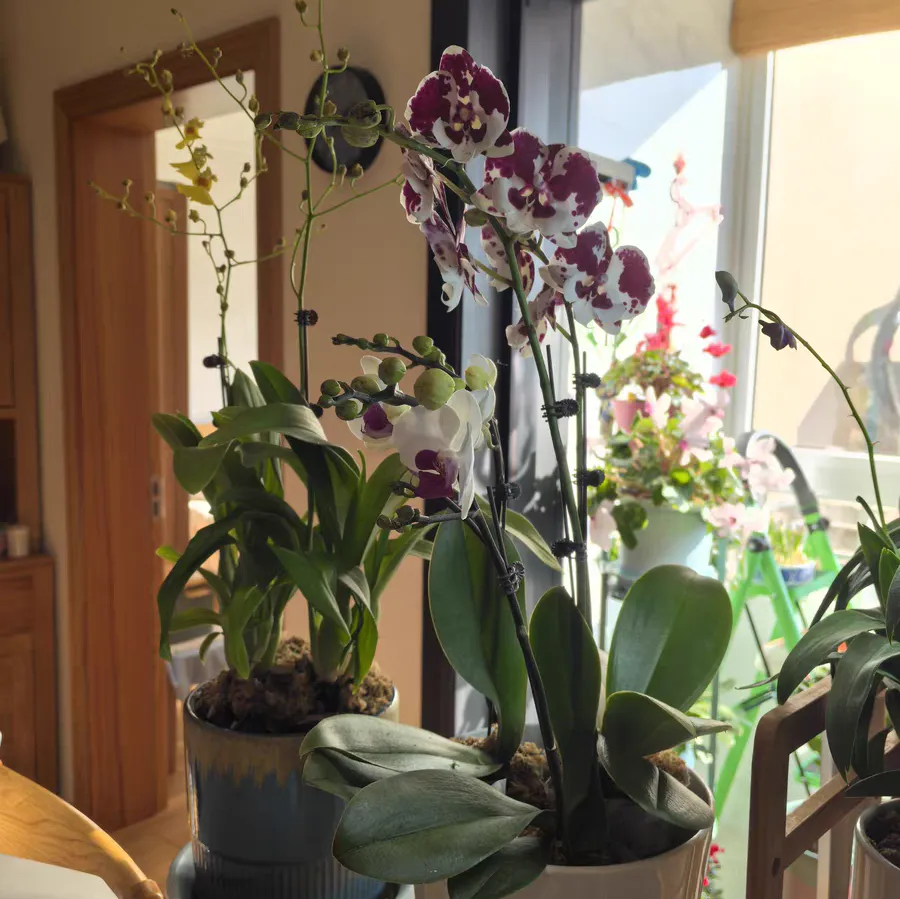In the fields of horticulture and agriculture, fertilization is a crucial step in improving the quality of plant growth. However, improper fertilization often has the opposite effect. Instead of promoting plant growth, it may cause damage to the plants or even lead to their death. The following will introduce the common fertilization mistakes in detail and provide suggestions for rational fertilization to help horticulture enthusiasts and agricultural producers avoid these mistakes and achieve scientific fertilization.
Common Fertilization Mistakes
Mistake 1: Fertilizing Newly Planted Plants
The root systems of newly planted plants have not yet recovered. Fertilizing at this time is likely to burn the roots, causing the plants to wither. Newly planted plants should be watered thoroughly first, and fertilization should be gradually carried out after their root systems have stabilized. Generally, it is advisable to fertilize one month later.
Mistake 2: Fertilizing Sick Plants
Sick plants are in a weak state themselves. Fertilizing them not only fails to be effectively absorbed but may also worsen the disease. The diseases should be treated first, and fertilization should be carried out after the plants have recovered their health.
Mistake 3: Fertilizing During the Dormancy Period
During the dormancy period, the physiological activities of plants slow down, and their demand for nutrients decreases. Fertilizing at this time not only wastes fertilizers but may also burden the plants and affect their normal dormancy. Fertilization should be carried out before or after the dormancy period according to the growth habits of the plants.
Mistake 4: Fertilizing During the Flowering Period
Fertilizing during the flowering period is likely to cause the flowers to fall off or become smaller, affecting the ornamental effect. Appropriate fertilization before flowering to ensure that the plants have sufficient nutrient reserves is enough. During the flowering period, an appropriate amount of foliar fertilizer can be sprayed to promote the opening of the flowers.
Mistake 5: Fertilizing Directly at the Root Location
Fertilizing directly at the root location is likely to damage the root systems, causing the growth of the plants to be blocked. The fertilizers should be evenly spread in the soil around the plants and watered thoroughly so that the fertilizers are fully dissolved and penetrate near the root systems.
Mistake 6: Applying Concentrated Fertilizers
Concentrated fertilizers are likely to burn the root systems, leading to the death of the plants. The concentration of fertilizers should be reasonably controlled according to the growth situation of the plants and the soil fertility. Generally, it is recommended to use diluted fertilizers for watering or spraying.
Mistake 7: Applying Only One Type of Fertilizer
Plants need multiple nutrient elements to grow normally. Applying only one type of fertilizer is likely to cause nutrient imbalance and affect the health of the plants. The types of fertilizers should be selected according to the growth requirements of the plants and the soil nutrient status, either using compound fertilizers or a combination of multiple fertilizers.
Mistake 8: Applying Unfermented Fertilizers
Unfermented fertilizers will generate a large amount of heat and harmful gases during the fermentation process in the soil, which is likely to burn the root systems. The fertilizers should be fully fermented before use to ensure their safety and effectiveness.
Suggestions for Rational Fertilization
Understand the Needs of Plants
Different plants have different requirements for nutrients. The types of fertilizers and fertilization methods should be selected according to the growth habits and growth stages of the plants.
Reasonably Control the Amount of Fertilization
The amount of fertilization should be adjusted according to the growth situation of the plants and the soil fertility. Excessive fertilization not only wastes fertilizers but may also cause damage to the plants.
Timing of Fertilization
The timing of fertilization should be selected according to the growth cycle and seasonal changes of the plants. Generally, fertilization has a better effect during the vigorous growth period of the plants and before and after flowering.
Fertilization Methods
Fertilization methods include watering, spraying, and spreading. The appropriate fertilization method should be selected according to the growth environment of the plants and the types of fertilizers. Watering is suitable for root fertilization, spraying is suitable for foliar fertilization, and spreading is suitable for basal fertilization.
Management After Fertilization
After fertilization, the plants should be watered thoroughly so that the fertilizers are fully dissolved and penetrate near the root systems. At the same time, the growth situation of the plants should be observed carefully, and the amount of fertilization and fertilization methods should be adjusted in a timely manner.
Fertilization is an important step in horticulture and agricultural production. Understanding the common fertilization mistakes and mastering the rational fertilization methods are of great significance for improving the quality and yield of plant growth. It is hoped that this article can provide useful references and assistance to the vast number of horticulture enthusiasts and agricultural producers.
What are the Common Fertilization Mistakes?

Share with
Tagged in :




Leave a Reply